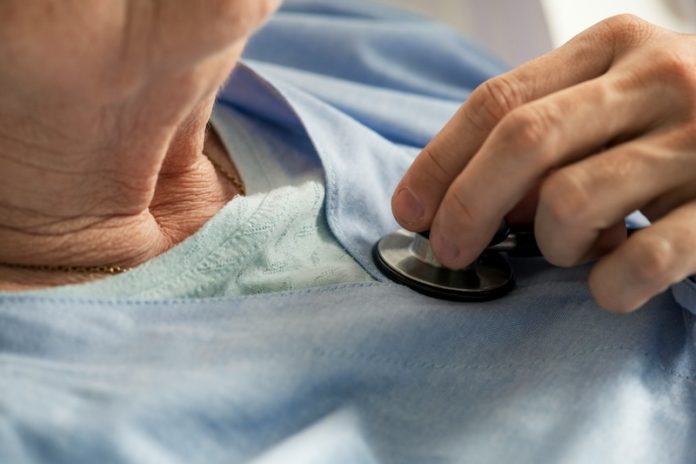
Heart disease is the leading cause of death around the world. In the United States alone, about one out of every four deaths is caused by heart disease, especially a type called coronary artery disease.
This condition happens when the blood vessels that supply the heart become narrow or blocked, often due to a buildup of plaque. Understanding what causes this buildup and how to prevent it is one of the most important goals in medical research today.
A team of researchers at the University of Virginia Health has recently made an important discovery that could help doctors find better ways to treat or even prevent this disease. The team focused on the behavior of certain cells that line the blood vessels—specifically, smooth muscle cells.
These smooth muscle cells play an interesting double role. On the one hand, they help protect us by forming a cap over the plaque, which can help prevent strokes and heart attacks.
But at the same time, these same cells can also behave in harmful ways by promoting the growth of the plaque. Scientists have been puzzled by this for years: why would these protective cells suddenly become dangerous?
To dig deeper into this question, a doctoral student named Noah Perry studied smooth muscle cells taken from heart transplant donors. He worked closely with his mentor, Dr. Mete Civelek, from the University of Virginia School of Medicine. Perry’s goal was to look at the genes in these cells and find out what might be causing them to switch from helpful to harmful.
Their research pointed to two possible factors: nitrogen and glycogen. Glycogen is the way our bodies store sugar for energy. Something seems to go wrong with how these cells use nitrogen and glycogen, and that might be what causes the cells to become damaging instead of protective.
One specific sugar, called mannose, caught the researchers’ attention. They think it might play a role in triggering this change in behavior. However, more research is needed to confirm how mannose affects the cells and whether it’s truly a key player in this process.
The big hope here is that if scientists can understand how these smooth muscle cells change, they might be able to stop the shift before it causes harm. This could lead to new types of treatment for people with coronary artery disease—treatments that go beyond lowering cholesterol or controlling blood pressure, which are the main strategies used today.
Dr. Civelek and his team, including Diana Albarracin and Redouane Aherrahrou, continue to study this process in hopes of finding new ways to help the millions of people affected by heart disease. They believe this discovery could become one of several new targets for future treatments.
In the meantime, if you’re concerned about heart health, it’s also worth learning about other factors that may help. Some studies suggest that vitamin D can help reduce inflammation, and vitamin K might lower the risk of heart disease by about 30%. Eating a healthy diet, staying active, and managing stress all play important roles too.
This new study was published in Circulation: Genomic and Precision Medicine and offers a fresh perspective on what’s happening inside our blood vessels. While more work is needed, it brings new hope that we may one day better understand—and better control—the hidden forces that lead to heart disease.
If you care about heart health, please read studies about how eating eggs can help reduce heart disease risk, and Vitamin K2 could help reduce heart disease risk.
For more information about heart health, please see recent studies about how to remove plaques that cause heart attacks, and results showing a new way to prevent heart attacks, strokes.
Copyright © 2025 Knowridge Science Report. All rights reserved.



